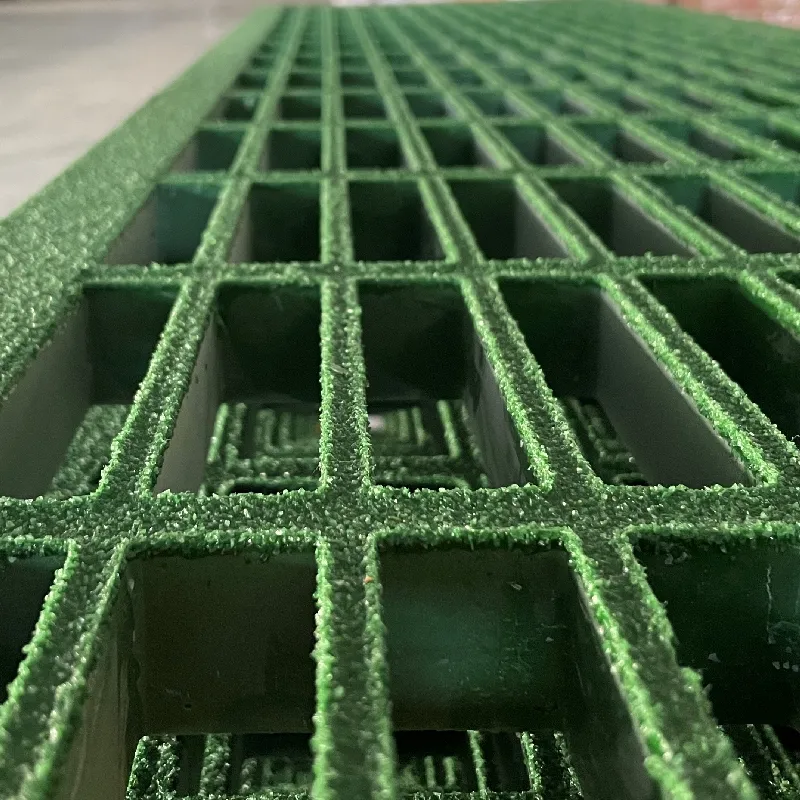loading...
- No. 9, Xingyuan South Street, Dongwaihuan Road, Zaoqiang County, Hengshui, Hebei, China
- admin@zjcomposites.com
- +86 15097380338
- Welcome to visit our website!
reverse osmosis water treatment
Reverse Osmosis Water Treatment An Overview
Reverse osmosis (RO) is a widely recognized water treatment technology that plays a crucial role in providing clean and safe drinking water. By employing a semi-permeable membrane, reverse osmosis effectively removes a significant portion of contaminants, including dissolved salts, heavy metals, microorganisms, and other impurities from water. This process is not only utilized in residential settings but also in industrial applications, making it an integral part of modern water purification methods.
Understanding the Process of Reverse Osmosis
The principle of reverse osmosis is rooted in osmotic pressure. In natural osmosis, water moves across a semipermeable membrane from an area of lower solute concentration to an area of higher solute concentration until equilibrium is reached. Reverse osmosis, however, applies external pressure to reverse this natural flow. This pressure forces water through the membrane, leaving contaminants behind. The result is purified water on one side of the membrane and a concentrated waste stream on the other.
The semipermeable membrane is the heart of the RO system; it is designed to allow only specific molecules, primarily water, to pass through while blocking larger molecules and contaminants. This includes not only salts and minerals but also organic compounds and pathogens, making RO an effective barrier against a wide range of impurities.
Key Applications of Reverse Osmosis
The versatility of reverse osmosis technology has led to its widespread adoption across various sectors. In residential settings, RO systems are often installed under kitchen sinks to provide clean drinking water. They are particularly beneficial in areas where groundwater or municipal water supplies are contaminated by pollutants, including nitrates, lead, and chlorine.
In industrial applications, RO is used to purify water for manufacturing processes, especially in industries such as pharmaceuticals, food and beverage, and electronics. Additionally, it plays a vital role in desalination processes, converting seawater into freshwater, thus addressing the global challenge of water scarcity in coastal regions.
reverse osmosis water treatment

Advantages of Reverse Osmosis
There are several advantages associated with reverse osmosis water treatment. First and foremost, RO systems are highly effective at reducing contaminants, ensuring that the water tested at the output meets or exceeds safety standards for drinking water. Moreover, RO is a chemical-free process, relying solely on physical filtration, which makes it a safer choice for families concerned about the use of harsh chemicals in water treatment.
Furthermore, reverse osmosis systems are relatively low maintenance. While the membrane and filters do require periodic replacement, the overall upkeep is manageable for most households. Additionally, many modern RO systems come with user-friendly features and indicators to alert users when maintenance is needed.
Challenges and Considerations
Despite its many advantages, reverse osmosis does have some limitations. One of the most significant concerns is water wastage; RO systems can produce a substantial amount of wastewater during the filtration process. Typically, the ratio of purified water to wastewater can range from 13 to 15, although advancements in technology are working to improve this efficiency.
Another consideration is that reverse osmosis systems tend to remove beneficial minerals from water, such as calcium and magnesium. Some users opt to use remineralization filters to restore these minerals after the RO process, ensuring that the water retains its nutritional value.
Conclusion
Reverse osmosis water treatment is a powerful and effective solution for producing clean, safe drinking water. Its ability to remove a wide range of contaminants makes it an essential technology for both residential and industrial applications. As concerns about water quality continue to grow, reverse osmosis stands out as a dependable choice for ensuring access to pure water, paving the way for healthier communities and sustainable water use. With ongoing advancements, the future of reverse osmosis technology promises to address its challenges while enhancing the overall safety and quality of drinking water worldwide.
-
The Rise of FRP Profiles: Strong, Lightweight, and Built to LastNewsJul.14,2025
-
SMC Panel Tanks: A Modern Water Storage Solution for All EnvironmentsNewsJul.14,2025
-
GRP Grating: A Modern Solution for Safe and Durable Access SystemsNewsJul.14,2025
-
Galvanized Steel Water Tanks: Durable, Reliable, and Ready for UseNewsJul.14,2025
-
FRP Mini Mesh Grating: The Safer, Smarter Flooring SolutionNewsJul.14,2025
-
Exploring FRP Vessels: Durable Solutions for Modern Fluid HandlingNewsJul.14,2025
-
GRP Structures: The Future of Lightweight, High-Performance EngineeringNewsJun.20,2025
